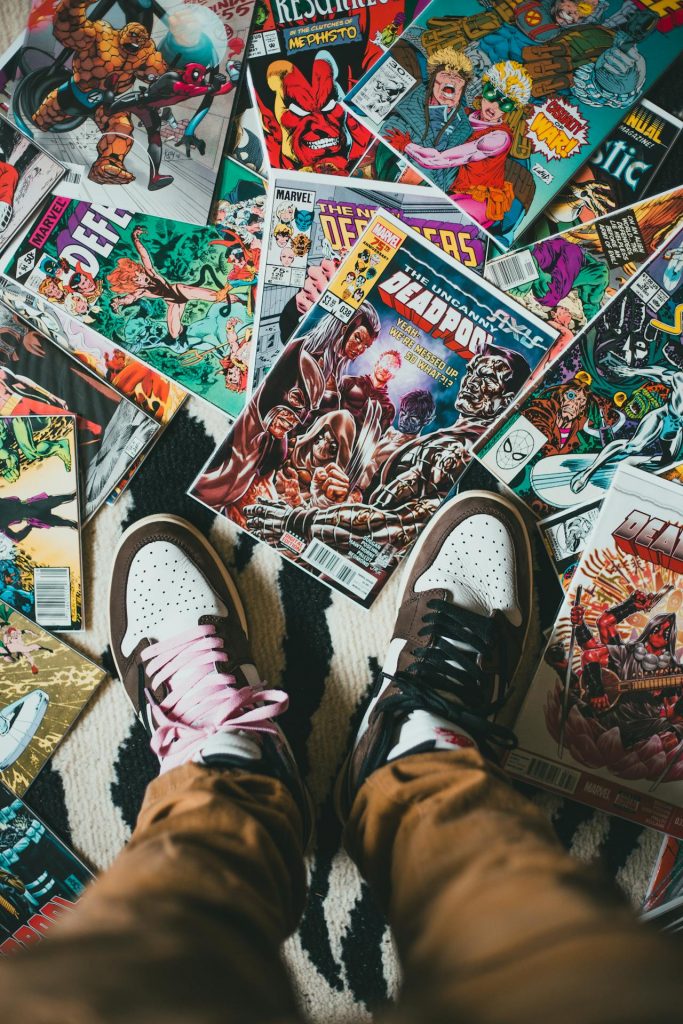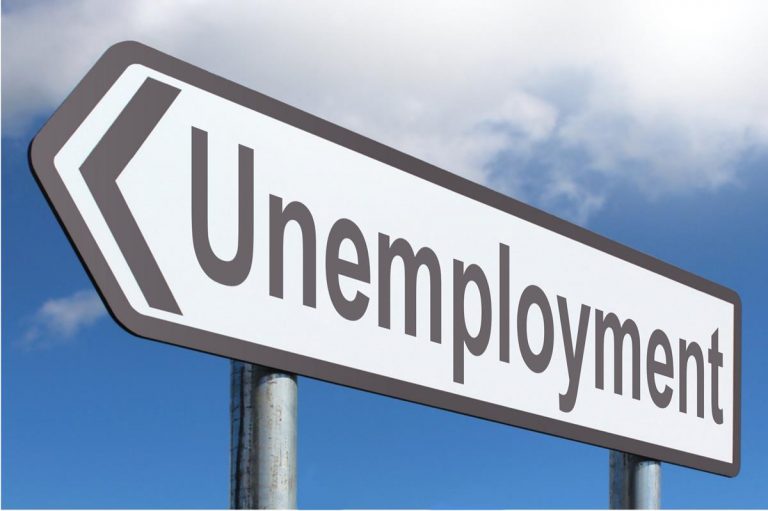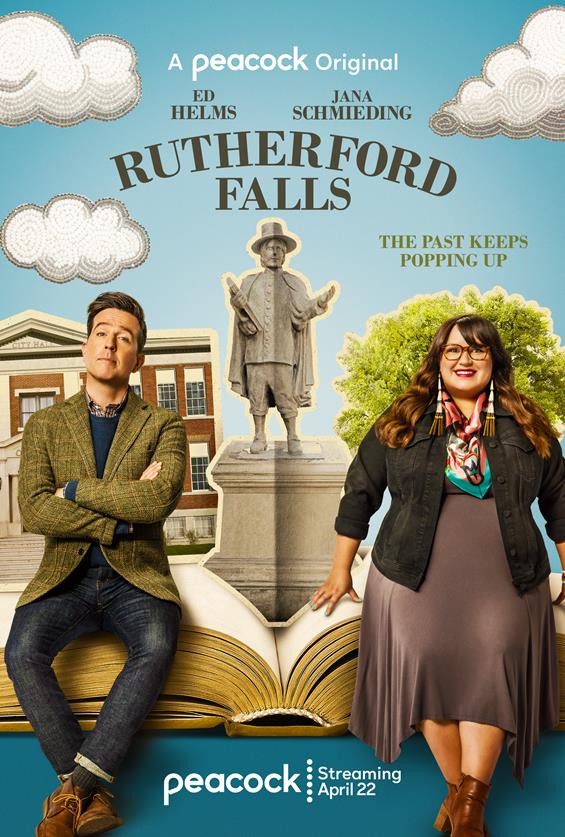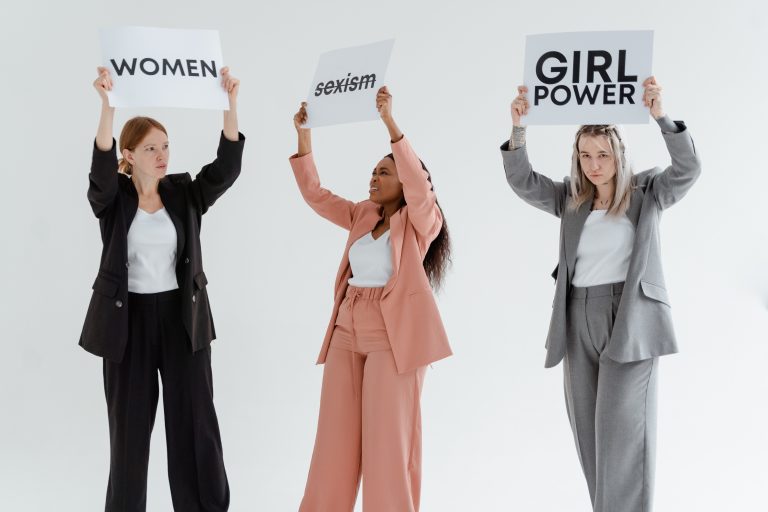Obstacles to the Growth of Diversity in Superhero Comics
Previously, I discussed the history of diversity in superhero comics and how diversity has grown and currently looks in the genre today. However, while there is an undeniable push for diversity in comics and progress has been made in recent years, as seen with the creation of new characters of color and LGBTQ+ characters, there are still obstacles to diversity in the genre. These obstacles, while at times unintentional, affect attempts to promote diversity in superhero comics and the superhero genre.

Obstacles to Diversity in Superhero Comics: Longevity of Established Characters
One obstacle to diversity and more inclusive characters and stories in superhero comics is the long-lasting nature of established characters in comics, as Brent Moeshlin mentions. The longevity of white, cisgender, male characters, such as Clark Kent (Superman), Bruce Wayne (Batman), and Peter Parker (Spiderman) are such examples.
Widely recognized and popular characters like these were created between the late 1930s and early 1960s. Superman’s first appearance was in Action Comics #1 in 1938, Batman in Detective Comics #27 in 1939, and Peter Parker as Spiderman in Amazing Fantasy in 1962. These characters still appear in comics as significant main characters to this day. As of 2024, all three superheroes have at least one series in which they are the main character.
This longevity is not only because stories have been written about them for over 60 years, but also because they are significant sources of income for their respective publishers. For example, six different issues from the ongoing series of Batman (2016-) placed in the top ten of the most-sold comics of 2023, according to Bleeding Cool and Comic Hub.
This reliance on established characters also makes it difficult to emphasize diverse secondary characters in the same series, such as Duke Thomas (The Signal), a black teenager who is another partner to Batman in the comics, or even legacy characters who take up the same name as their predecessors, like Jess Chambers (The Flash), a black nonbinary individual.
Obstacles to Diversity in Superhero Comics: Underutilization and Retconning
Another obstacle toward diversity in superhero comics is the underutilization and retconning, or rewriting, of characters. Retconning is a prominent fear expressed by readers as comics have a history of rewriting or erasing the histories and sexual identities of characters. Specifically, LGBTQ+ characters often have their sexual identities retconned or erased in subsequent series they appear in.
One example of retconning a queer identity is the Marvel character Hercules, who in the 2012-2013 series X-Treme X-Men was in a relationship with Wolverine. However, this relationship was only canon within the confines of the universe specific to the X-Treme X-Men series at the time. Outside of this comic series, Hercules was considered and written as straight. However, Hercules’ bisexuality was re-established in the Guardians of the Galaxy (2020) series.
It is not enough to only create characters of color or LGBTQ+ characters. Their portrayal as full fledged characters or main characters is important in creating viable representation and portraying diversity.
Obstacles to Diversity in Superhero Comics: Lack of Diverse Writers
Another significant obstacle to diversity and inclusion in the superhero genre is the gender and racial composition of the comic book industry. By hiring more writers of different genders, sexualities, races, and nationalities, more will be represented in comics. One example is the DC Pride (2022) anthology story, “Think of Me,” which presents the asexual experience and the dissonance asexual people feel between how they experience love and how the rest of society experiences love and sex as interconnected. This story presents the earnest experiences of asexual people thanks to the all asexual-identifying team of Ro Stein, Ted Brandt, and Frank Cvetkovic who wrote, drew, and lettered the story.
By hiring writers of different backgrounds, genders, sexualities, and experiences, more opportunities to showcase and tell diverse and compelling stories are created. However, when examining the composition of writers in the comic industry, there is a lack of racial diversity, as a majority of comic book writers are white.
According to Zippia, as of 2021, 75.58% of writers identify as white, 7.6% as Hispanic or Latino, 5.9% as Black or African American, 5.6% as unknown, 4.9% as Asian, and 0.4% as American Indian and Alaskan Native. A similar pattern appears when examining the “Big Two” of the comic industry, DC Comics and Marvel. Zippia reports that over 65% of those who work for either DC Comics or Marvel are male, and around 32-34% are women; over 55% of workers are white, 18-20% are Latino, 10-12% are Black or African American, 8-9% are Asian, and 2-4% are unknown.
While there has been a slow increase in minority writers since 2010, this general lack of diversity among those hired in the comic book industry correlates to a lack of representation and diversity within comics.
Ways To Support Diversity In the Superhero Genre
Artists, writers, readers, and fans alike agree that we need to support comics that present LGBTQ+ characters and characters of color as main characters.
Supporting comics does not only mean reading them, praising them online, or sharing them with your friends, but it also means purchasing the comics in these series. As readers, purchasing these titles tells publishers that their audience wants these stories and characters and that these series make money. This support urges publishers to continue publishing these series and creating comics that focus on diversity and diverse stories and experiences. These sales support the creation of these diverse comics. Without high sales numbers, comics such as these could face potential cancellation. Therefore, purchasing comics featuring characters of color and LGBTQ+ characters helps support the future publication and creation of diverse comics.
Overcoming Obstacles to Diversity
While diversity in superhero comics progresses each year, there are still obstacles in the superhero genre and comic book industry that limit progress to the expansion of diversity in the superhero genre. However, by supporting writers and buying comics that focus on characters of color and LGBTQ+ characters, we show comic publishers that these stories and characters are significant and greatly desired by readers.




